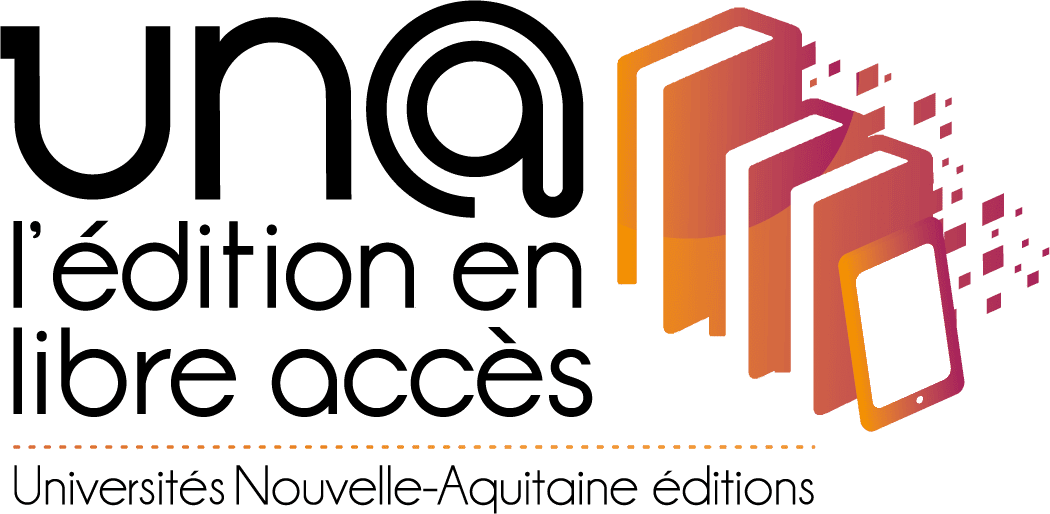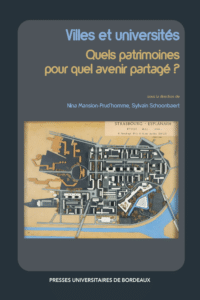UN@ est une plateforme d'édition de livres numériques pour les presses universitaires de Nouvelle-Aquitaine
Catégorie : Histoire de l’art
En décidant de la création d’une société publique universitaire immobilière (SPUI), à l’occasion de la loi n° 2022-217 du 21 février 2022 relative à la différenciation, la décentralisation, la déconcentration et portant diverses mesures de simplification de l’action publique locale (dite 3DS), le législateur a souhaité offrir un nouveau moyen aux universités pour gérer leur patrimoine.
par Jacques Yomb
Indépendamment des catégories sociales au Cameroun, le problème du logement se pose avec acuité en milieu rural comme en milieu urbain. Cette situation est amplifiée par un exode rural dense pour les villes et une démographie galopante en permanence.
À la suite du rapport Brundtland de 1987, la notion de développement durable s’est imposée dans les discours politiques. Aujourd’hui elle exprime plusieurs énoncés. Celui d’un projet politique mondial ou d’une utopie universelle.
Le campus de l’Université Paris Nanterre (UPN) se déploie aujourd’hui sur 32 ha (25 bâtiments) dont près de 10 ha d’espaces ouverts et d’équipements sportifs. Comme beaucoup d’autres universités, l’université Paris Nanterre se caractérise par un parc immobilier ancien marqué par l’urbanisme moderne correspondant aux débuts de sa construction.
En préférant à la classique formule « L’université et la ville » une forme plurielle « Villes et Universités », nous souhaitons souligner le fait que chaque université s’inscrit dans la particularité de la ville qui l’accueille
par Laurent Viala
Les relations entre ville et université ont un fondement historique, objet d’une double valorisation universitaire et urbaine.
par Amandine Romanet
Le matin du 29 février 1984, une foule se rassemble dans la cour du ministère de l’Urbanisme et du Logement à Paris pour assister à l’inauguration de l’exposition de la mission Banlieues 89 par le Président de la République.
par Gauthier Bolle
L’extension du campus de l’université de Strasbourg durant les Trente Glorieuses se démarque des processus d’exurbanisation caractérisant alors d’autres grandes agglomérations
Le 4 avril 1460, à la demande du duc de Bretagne, François II (1458-1488), était créée l’Université de Nantes par le pape Pie II (1458-1464).
Ce titre rappelle le grand transfert universitaire opéré depuis le centre-ville jusqu’à la périphérie occupée par les communes de Talence, Gradignan et Pessac où se situe l’avenue des Antilles.
Aborder l’actualité du devenir des campus et des bâtiments universitaires au regard de leur histoire et de leur patrimoine a paru pertinent à l’heure où la plupart d’entre eux subissent des réorganisations profondes et s’interrogent sur l’inscription durable de leur patrimoine immobilier dans les villes et les métropoles qui les accueillent.
par Christine Bost
Avoir réuni pour ces journées les villes et leur université était une excellente idée, d’autant que Bordeaux Métropole compte aujourd’hui une population d’environ 72 000 étudiants, soit près de 9 % de la population métropolitaine.


